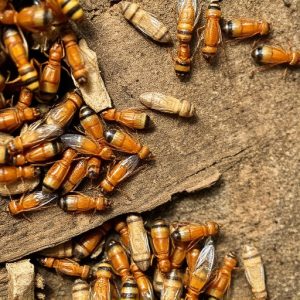Termite control in Tucson is crucial due to the region's diverse ecosystem supporting various species with distinct behaviors. Common types include the Western Subterranean Termite, which builds underground colonies, and the Desert Drywood Termite, nesting in dry wooden structures. Professionals tailor treatments based on these insights, minimizing environmental impact while ensuring effectiveness. Homeowners should be vigilant about signs of infestation and consult experts promptly for addressing potential issues, as regular inspections are key to early detection and minimizing damage. Effective termite control services protect homes from structural damage caused by these pests thriving in Tucson's warm, dry climate with ample sunlight and well-drained soil.
“Unveiling the Types of Termites in Tucson and Beyond: Your Comprehensive Guide
Tucson’s unique ecosystem is home to various termite species, each with distinct behaviors and impacts. This article explores the common and not-so-common termites thriving in this region, focusing on subterranean and drywood varieties. You’ll discover how these invaders operate, the damage they cause, and effective termite control options tailored for Tucson area homes. By understanding these pests, homeowners can proactively protect their investments.”
- Identifying Termite Species in Tucson
- – Overview of common termites in the region
- – Unique environmental factors contributing to termite presence
- Subterranean Termites: The Hidden Invaders
Identifying Termite Species in Tucson
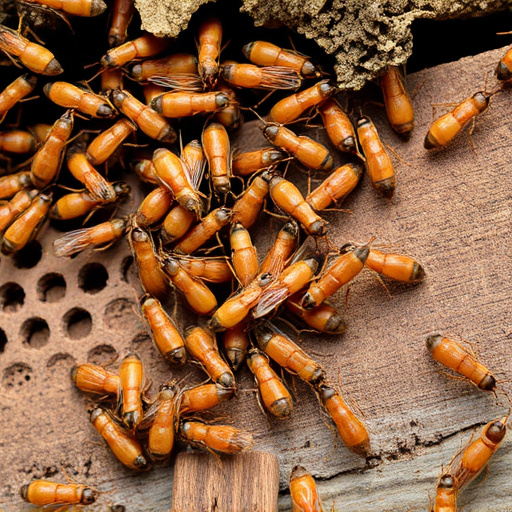
Identifying termite species in Tucson is a crucial step for effective termite control. The region’s unique ecological conditions host several types, each with distinct behaviors and preferences. Common termites found in the area include the Western Subterranean Termite and the Desert Drywood Termite. These species can often be differentiated by their nesting habits: the Western Subterranean Termites build colonies beneath the ground, while the Desert Drywood Termites construct nests within dry wooden structures.
Termite control Tucson professionals rely on these insights to tailor treatments accordingly. Recognizing the specific termite species allows for targeted applications of baits or chemical barriers, minimizing environmental impact and ensuring the effectiveness of the control measures. Homeowners should be vigilant about signs of infestation, such as mud tubes or wood damage, and promptly consult with experts in termite control Tucson to address any potential issues.
– Overview of common termites in the region
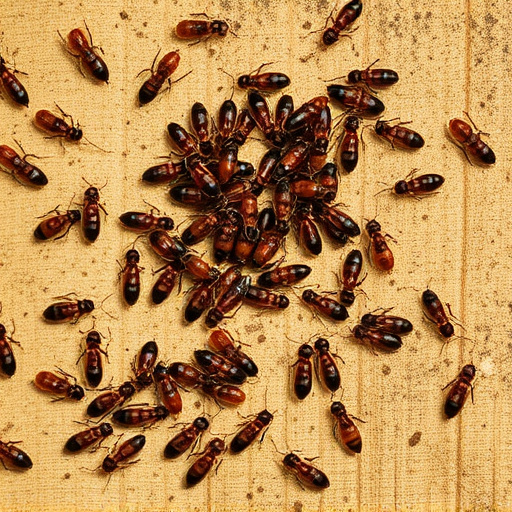
The Tucson area is home to several species of termites, with common varieties including the Western Subterranean Termite and the Desert Drywood Termite. These pests are known for their ability to cause significant structural damage to homes and buildings if left unchecked. Termites play a crucial role in the local ecosystem by breaking down dead wood and contributing to nutrient cycling. However, their presence in residential areas can pose a serious threat to the integrity of structures, making termite control Tucson a priority for many homeowners.
Regular inspections are essential for identifying termite infestations early on, as prompt action is key to minimizing damage. Professional termite control services in Tucson offer effective solutions tailored to specific species and infestation levels. By employing advanced methods and treatments, these experts ensure the protection of homes, providing peace of mind for residents living in this diverse and attractive desert environment.
– Unique environmental factors contributing to termite presence
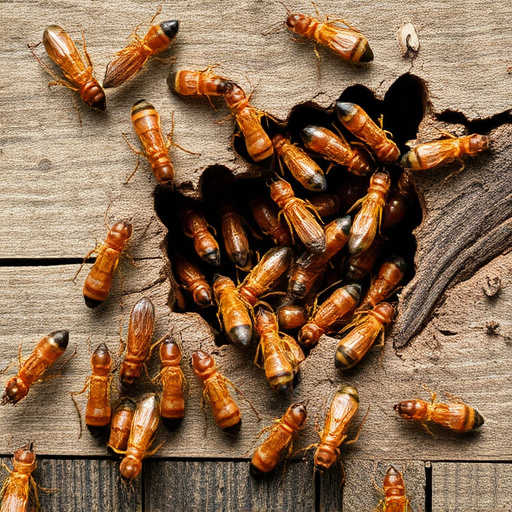
Tucson’s unique environmental conditions play a significant role in attracting various termite species. The area’s warm, dry climate, characterized by abundant sunlight and minimal rainfall, creates an ideal habitat for termites. These insects thrive in such environments as they require consistent moisture to survive, and the region’s low humidity levels prevent rapid water evaporation from their colonies. Moreover, the rich, well-drained soil in Tucson provides excellent nourishment for termite populations, making it a desirable location for their nests.
The availability of suitable food sources is another factor contributing to the thriving termite population. The city’s diverse plant life offers an abundant supply of cellulose, a primary component of termite diets. Wood structures prevalent in many Tucson homes and buildings provide additional nourishment, creating ample opportunities for termites to establish colonies and engage in wood digestion. With effective termite control Tucson services, residents can mitigate these risks and protect their properties from potential damage caused by these pests.
Subterranean Termites: The Hidden Invaders
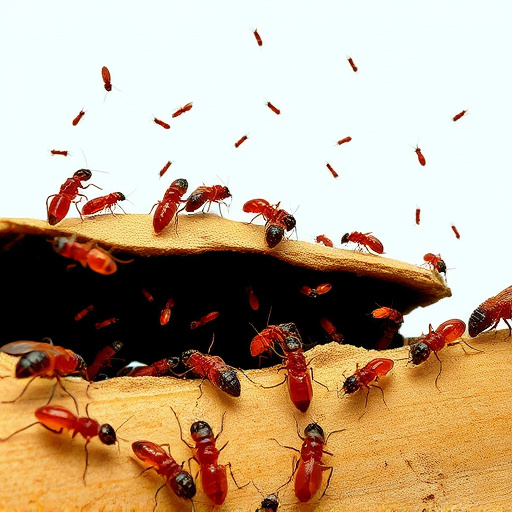
Subterranean termites are a common and often hidden threat in the Tucson area, posing significant risks to homes and properties. These invasive pests live underground, making their presence difficult to detect until severe damage has occurred. They feed on cellulose-rich materials, which means that wood structures, including foundations, are particularly vulnerable. Their ability to tunnel through soil and build intricate networks of colonies makes them formidable adversaries in the battle for termite control Tucson residents often face.
While they may be out of sight, their impact can be devastating. Subterranean termites establish complex systems of tunnels just beneath the surface, allowing them to access wood sources efficiently. As they forage for food, they can cause structural damage over time, leading to costly repairs. Homeowners should be vigilant and watch for signs of an infestation, such as small piles of soil near foundations or noticeable wooden structure deteriorations, to ensure effective termite control measures are taken promptly.
The diverse termite species found in the Tucson area, from subterranean invaders to drywood visitors, underscore the region’s unique environmental conditions that foster their presence. Understanding these variations is crucial for effective termite control Tucson residents depend on. By recognizing the specific types and their habits, professionals can implement tailored strategies to protect homes and properties, ensuring a comfortable and secure living environment free from these persistent pests.
